Latest

Turning Food into Lasers: A New Era in Information Encoding and Sensing
Fabrication of microlasers using all edible components.
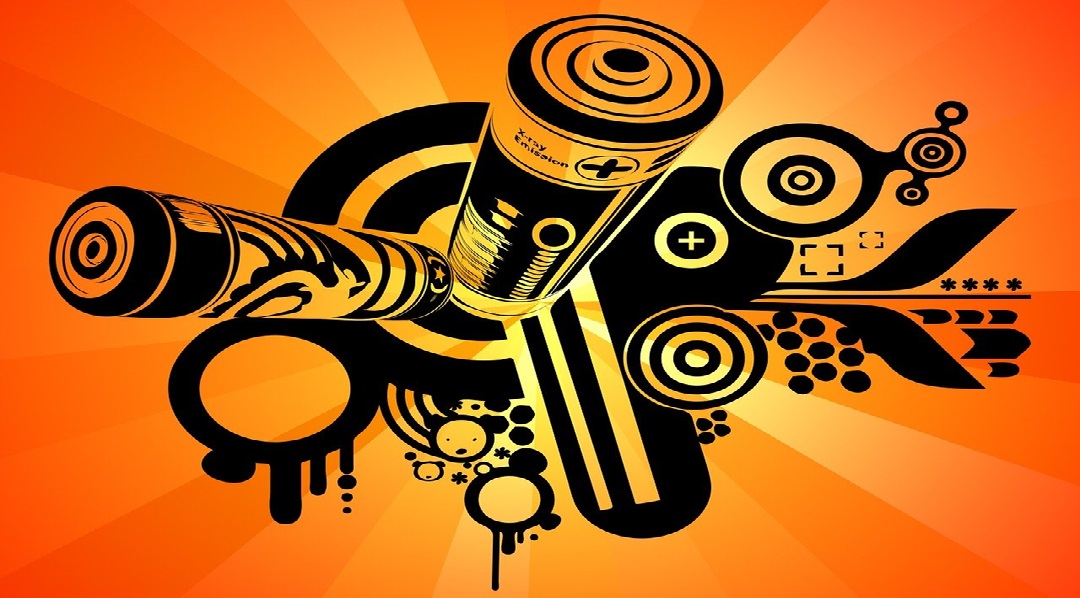
Soy protein fuels the future of eco-friendly solid-state batteries
The world’s most grown legume could be used to make the batteries of the future.

Self-Healing Hydrogels Could Help Injured Ligaments Regenerate
Cell-laden hydrogels could promote tissue regeneration while avoiding immune rejection.
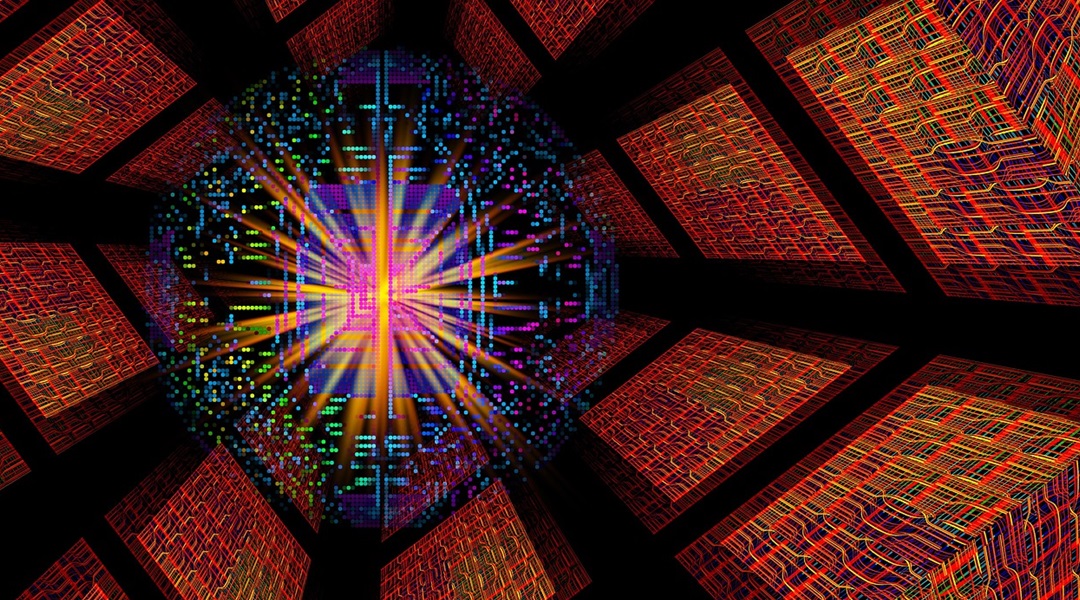
Quantum router preserving delicate photon states may advance quantum technologies
Low-loss router based on an interferometer preserves polarization while directing single photons and entangled pairs.
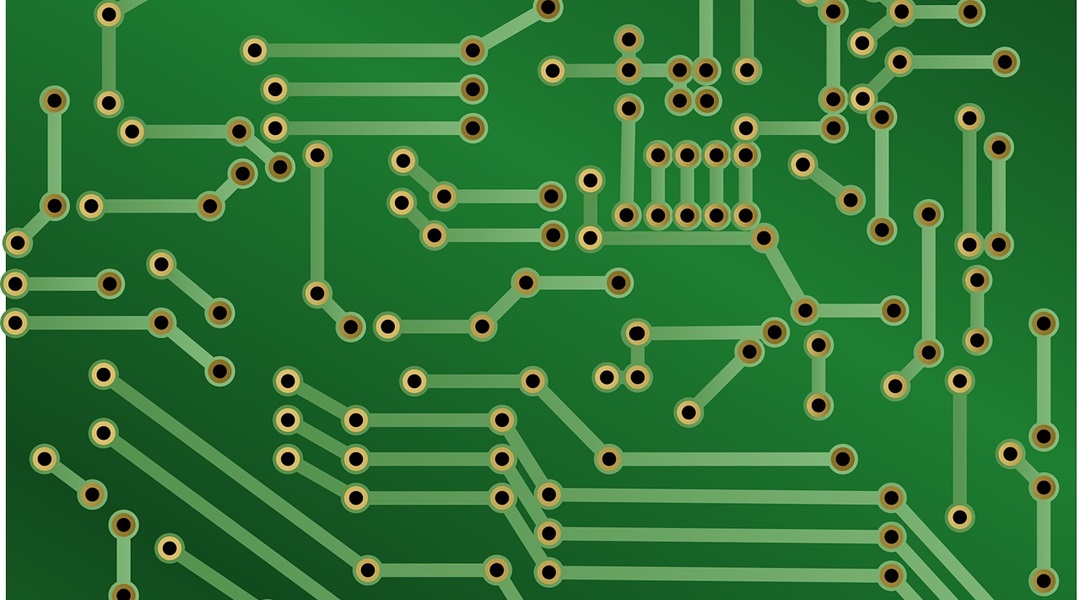
Edible electronics realize safe, complex monitoring devices
Edible electronics from non-toxic materials enable complex ingestible devices for healthcare and food monitoring.
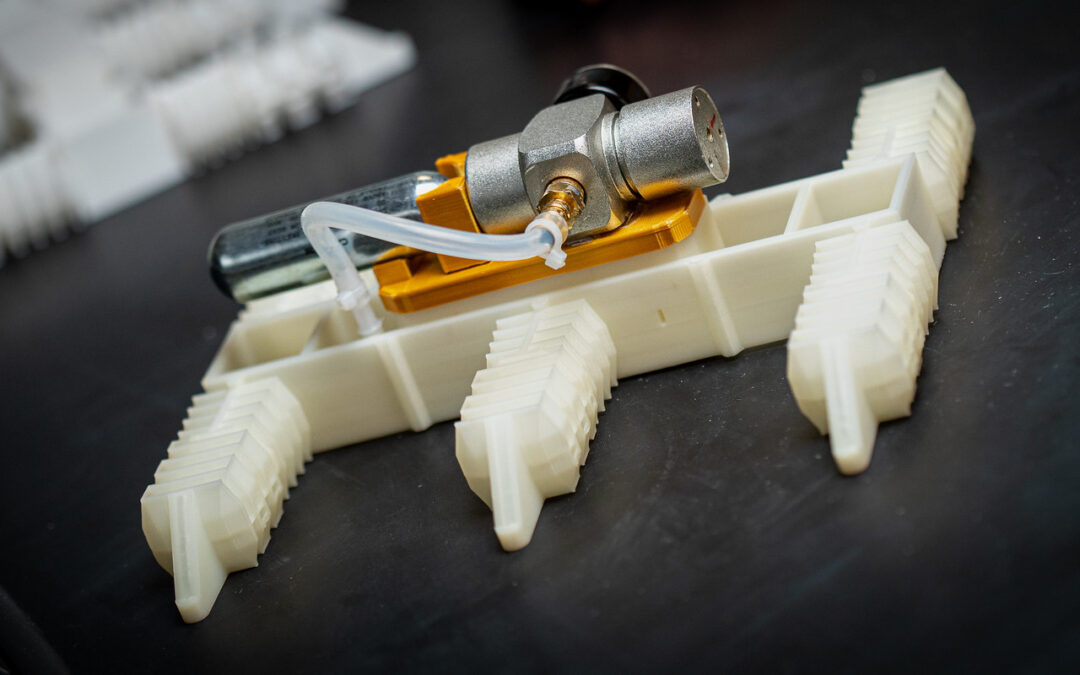
Walking on Air: Pneumatic System Enables Autonomous Motion in Soft Robots
Robot fabrication in a single step with a desktop 3D printer and pressurised gas.
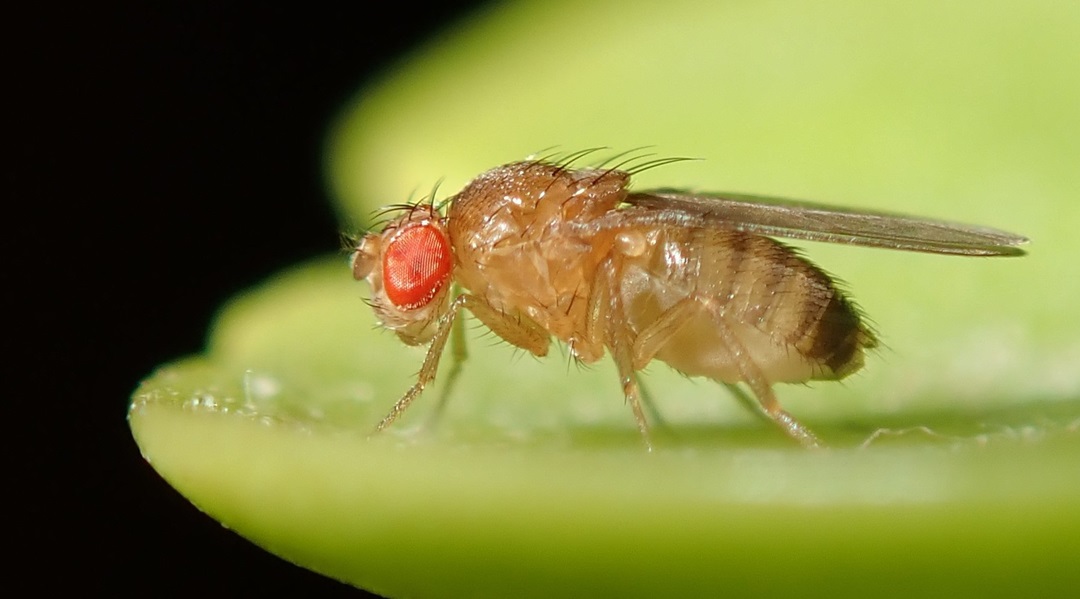
Behavioral Fever Helps Fight Parasitic Infections
Infected fruit flies use behavioral fever against deadly parasitoid wasps.
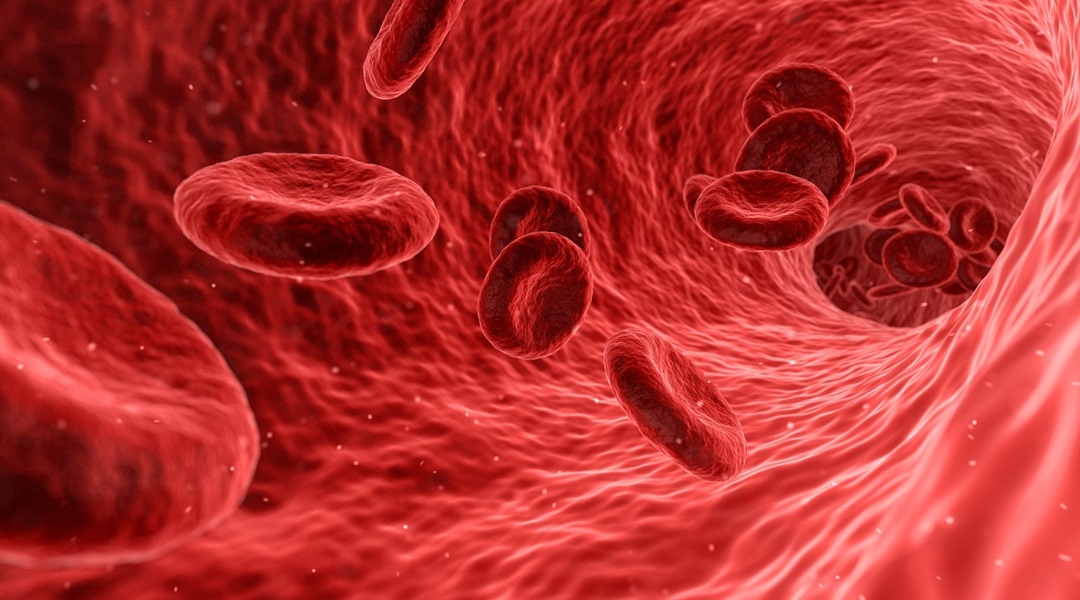
Turning Periods into Power: Menstrual Blood a Valuable Resource for Medical Diagnostics
Wearable sensors help women analyse menstrual blood for affordable, non-invasive health monitoring.

Fermilab Confirms Muon g-2 Measurements
Fermilab releases its final results, testing the Standard Model of particle physics.
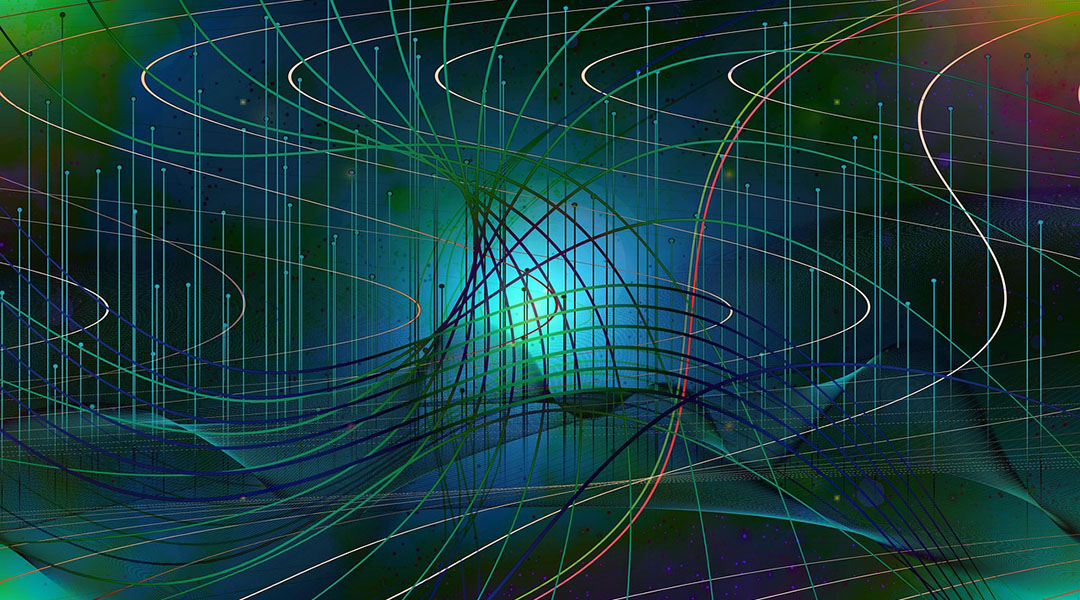
Methods Perspectives: Magnetic Force Microscope Calibration Explored by Héctor Corte-León
Héctor Corte-León explores the advantages and disadvantages of the different techniques used to calibrate a magnetic force microscope.
ASN Newsletter
Sign up for our newsletter and receive the latest science news directly to your inbox.
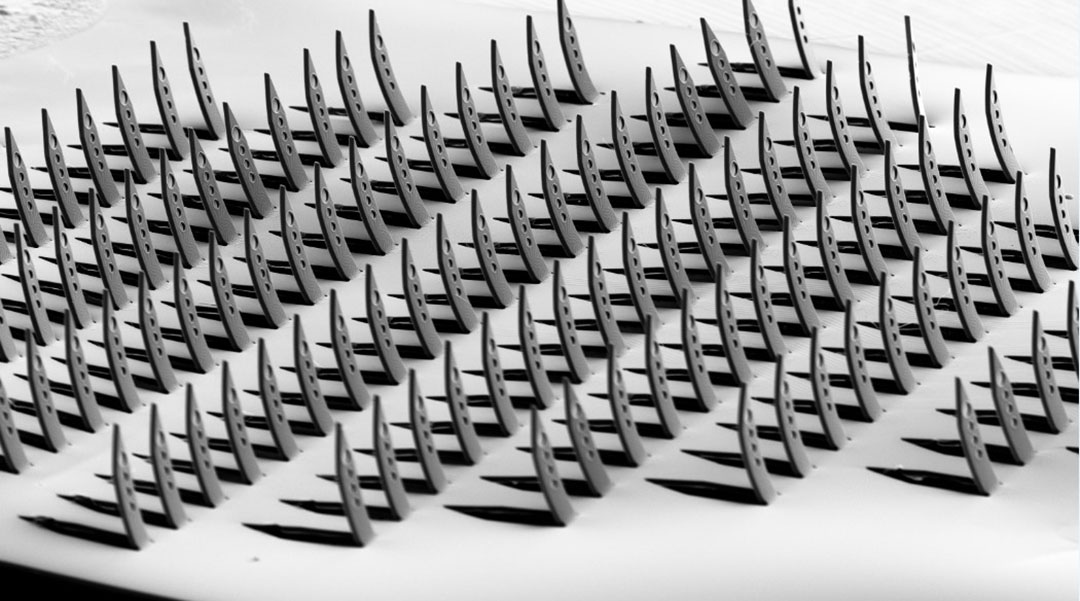
Kirigami-inspired neural probes are a cut above
The flexible and foldable 3D probes were surprisingly durable when inserted into brain tissue to map the deep functioning of neurons.
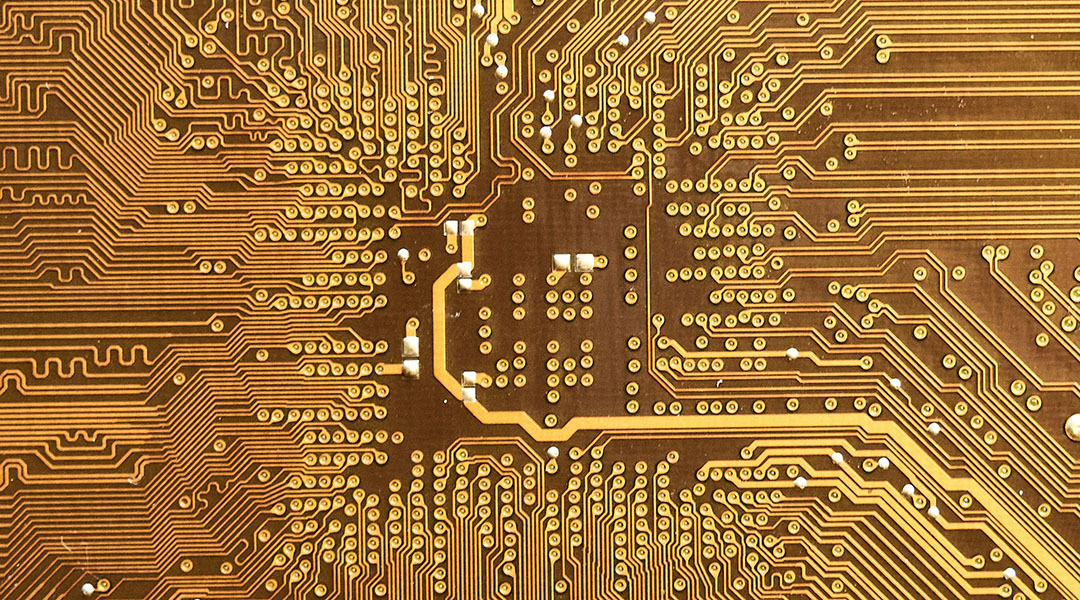
Working close to robots could be safer with cutting-edge Kirigami e-skin
The sensitive e-skin robotic coating applies ultrasonics and AI while taking its inspiration from the Japanese art of Kirigami.

Water-powered gadgets may be on the horizon thanks to new evaporation-based energy device
Scientists created an “evapolectrics” generator that draws power directly from water evaporation, offering a sustainable, battery-free energy source from humidity.

New theory suggests gravity is not a fundamental force
A new theory proposes gravity isn’t a fundamental force but emerges from quantum electromagnetic interactions, potentially reshaping our view of spacetime itself.
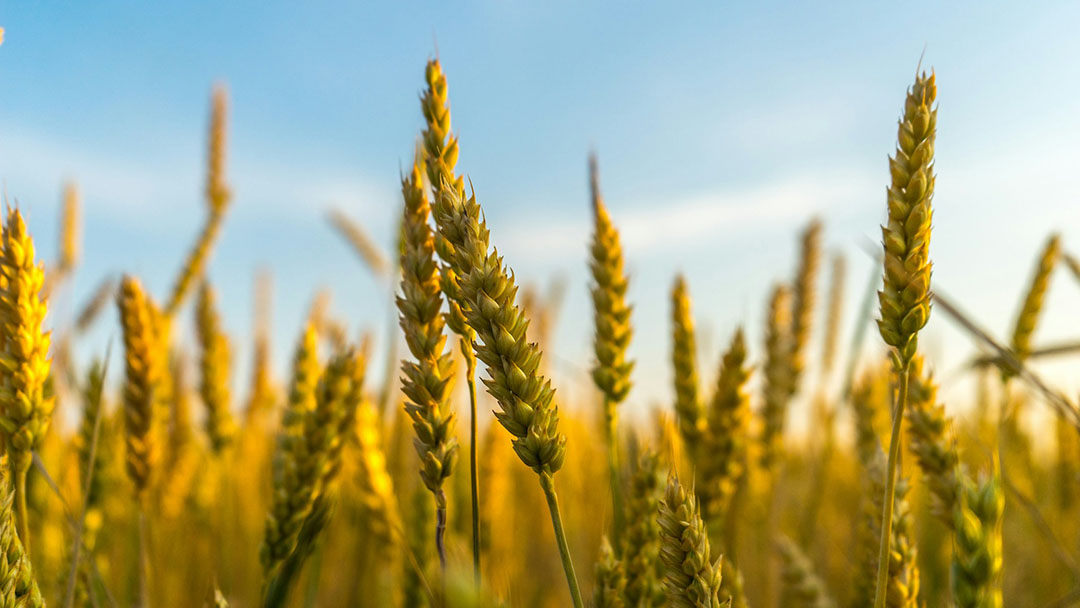
Climate pledges could shrink global cropland
The tradeoff raises concerns about food security, particularly for the Global South.

Metabolic–Epigenetic Link Between Sleep Deprivation and Immune Dysregulation
Sleep deprivation alters immune cell metabolism, causing changes to epigenetics through lactylation, triggering immune dysregulation.
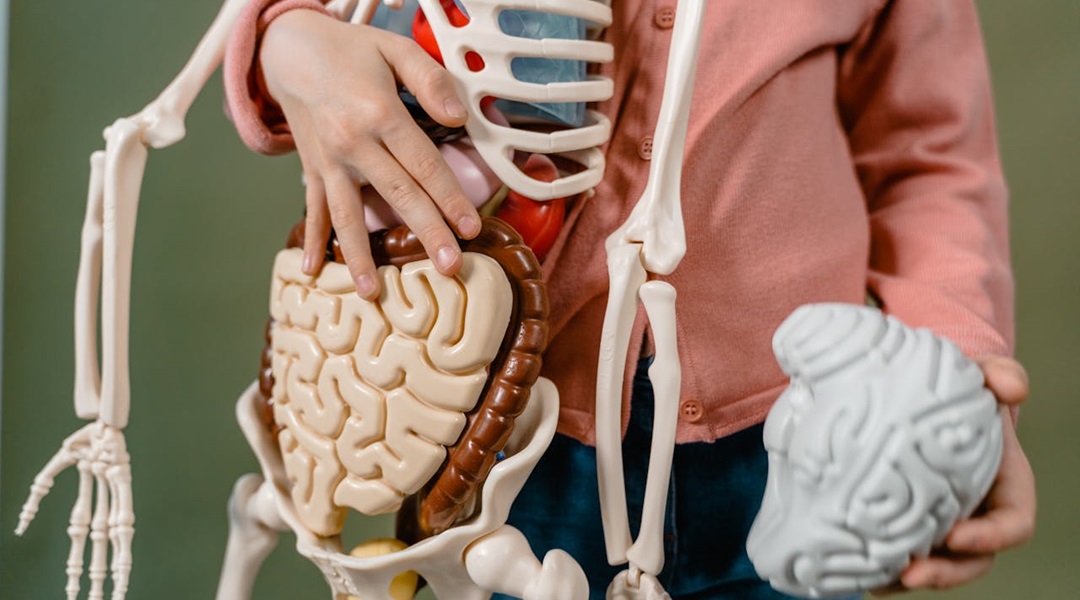
Bone loss in obesity traced to gut microbiota
Obesity changes gut microbiota, causing immune cells to age prematurely and secrete a protein which weakens bones

Turning Periods into Power: Menstrual Blood a Valuable Resource for Medical Diagnostics
Wearable sensors help women analyse menstrual blood for affordable, non-invasive health monitoring.
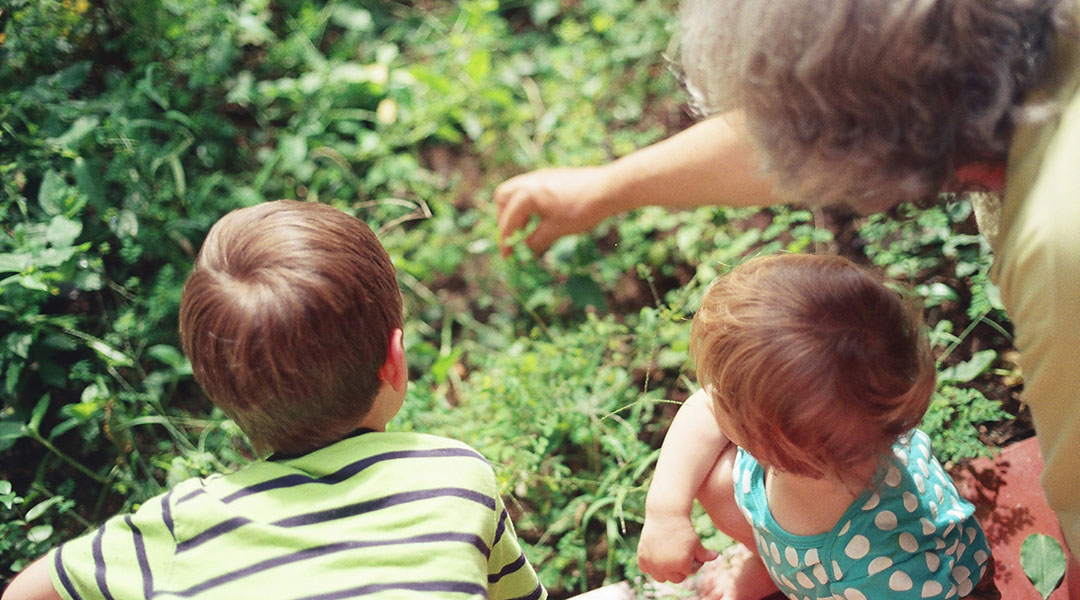
Immune resilience gene signature could hold the key to healthy aging
High levels of a certain biomarker gives people a survival advantage, study finds.
Metabolic–Epigenetic Link Between Sleep Deprivation and Immune Dysregulation
Sleep deprivation alters immune cell metabolism, causing changes to epigenetics through lactylation, triggering immune dysregulation.
Bone loss in obesity traced to gut microbiota
Obesity changes gut microbiota, causing immune cells to age prematurely and secrete a protein which weakens bones
Turning Periods into Power: Menstrual Blood a Valuable Resource for Medical Diagnostics
Wearable sensors help women analyse menstrual blood for affordable, non-invasive health monitoring.
Immune resilience gene signature could hold the key to healthy aging
High levels of a certain biomarker gives people a survival advantage, study finds.

Fermilab Confirms Muon g-2 Measurements
Fermilab releases its final results, testing the Standard Model of particle physics.

New theory suggests gravity is not a fundamental force
A new theory proposes gravity isn’t a fundamental force but emerges from quantum electromagnetic interactions, potentially reshaping our view of spacetime itself.

Organic materials bring probabilistic computing closer to reality
Scientists created flexible probabilistic bits from custom polymers, offering a new, energy-efficient path for AI and machine learning using classical physics.

Self-interacting inflaton particles may reshape our picture of the early universe
Subtle inflaton interactions may reshape our understanding of cosmic inflation, altering predictions about dark matter, black holes, and gravitational waves.
Fermilab Confirms Muon g-2 Measurements
Fermilab releases its final results, testing the Standard Model of particle physics.
New theory suggests gravity is not a fundamental force
A new theory proposes gravity isn’t a fundamental force but emerges from quantum electromagnetic interactions, potentially reshaping our view of spacetime itself.
Organic materials bring probabilistic computing closer to reality
Scientists created flexible probabilistic bits from custom polymers, offering a new, energy-efficient path for AI and machine learning using classical physics.
Self-interacting inflaton particles may reshape our picture of the early universe
Subtle inflaton interactions may reshape our understanding of cosmic inflation, altering predictions about dark matter, black holes, and gravitational waves.

Soy protein fuels the future of eco-friendly solid-state batteries
The world’s most grown legume could be used to make the batteries of the future.

Quantum router preserving delicate photon states may advance quantum technologies
Low-loss router based on an interferometer preserves polarization while directing single photons and entangled pairs.

Edible electronics realize safe, complex monitoring devices
Edible electronics from non-toxic materials enable complex ingestible devices for healthcare and food monitoring.
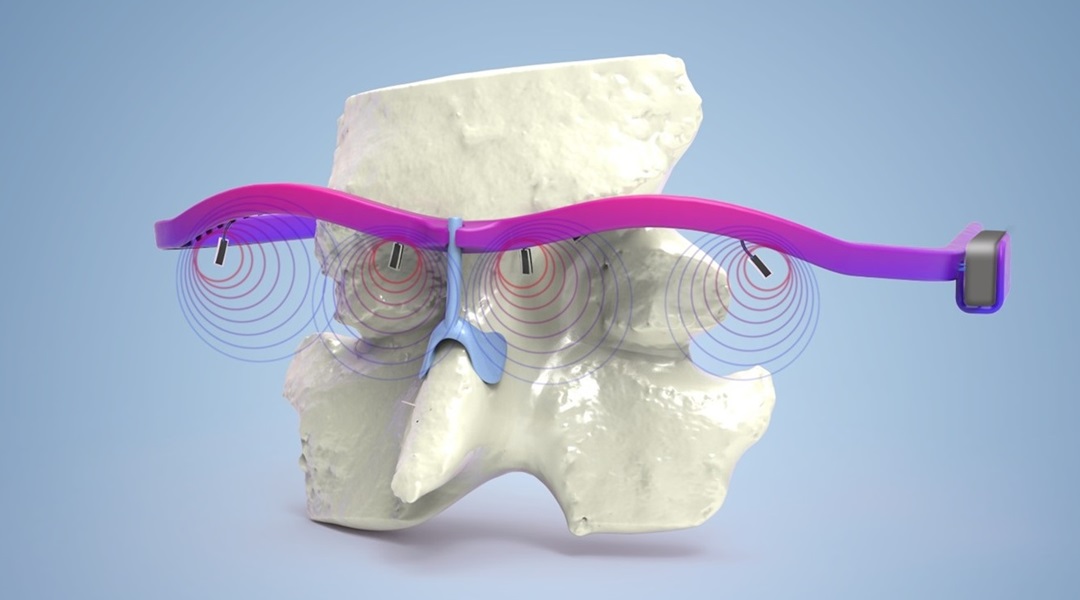
Smart Eye Sensor Warns of Dangerous Fatigue
Compact sensors enable integration of fatigue feedback into daily decision-making.
Soy protein fuels the future of eco-friendly solid-state batteries
The world’s most grown legume could be used to make the batteries of the future.
Quantum router preserving delicate photon states may advance quantum technologies
Low-loss router based on an interferometer preserves polarization while directing single photons and entangled pairs.
Edible electronics realize safe, complex monitoring devices
Edible electronics from non-toxic materials enable complex ingestible devices for healthcare and food monitoring.
Smart Eye Sensor Warns of Dangerous Fatigue
Compact sensors enable integration of fatigue feedback into daily decision-making.

Sustainable building material extracted from seawater
A sand-like material can be extracted from seawater by adding carbon dioxide, potentially making the building industry more sustainable.
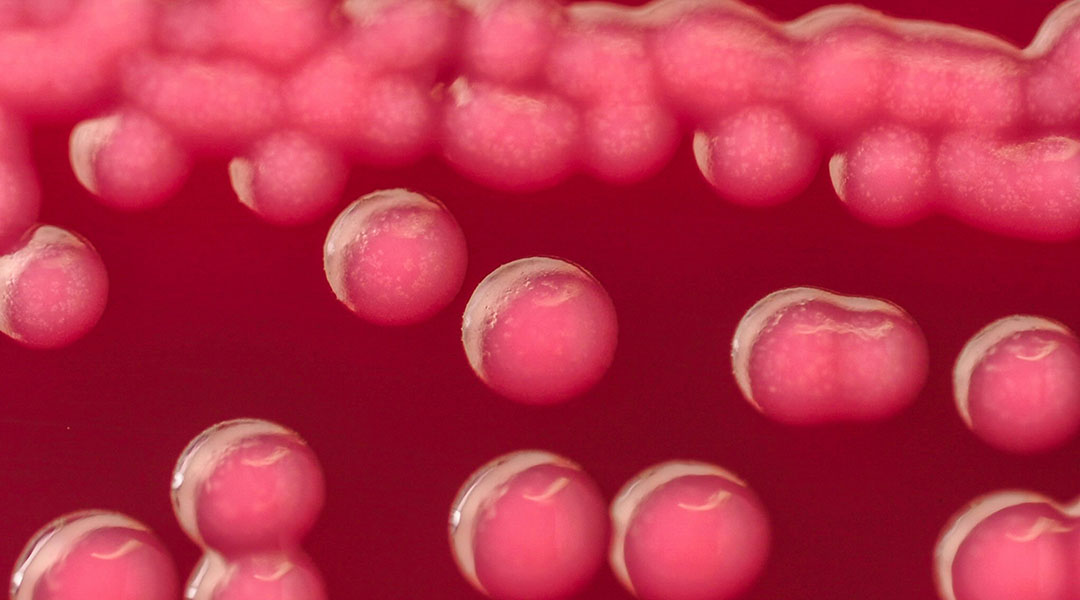
Common bacteria could be used to produce biodegradable bioplastics
Engineered Escherichia coli bacteria could be used to make sustainable biobased plastics.
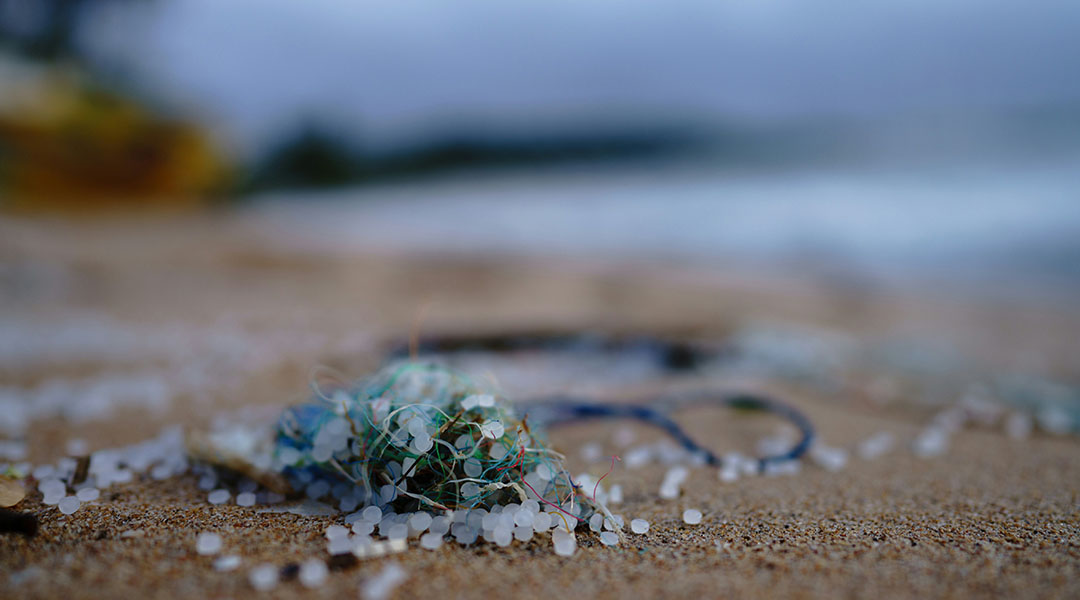
Microplastics could be hotspots for antimicrobial resistance
Microplastics facilitate a “super slime” that is resistant to antibiotics, sparking concern about antibiotic resistance in heavily polluted areas.

Molecules found in wood could make pesticides more efficient
Scientists in Finland have developed a method that can achieve a tenfold increase in pesticide retention on farmed crops.
Sustainable building material extracted from seawater
A sand-like material can be extracted from seawater by adding carbon dioxide, potentially making the building industry more sustainable.
Common bacteria could be used to produce biodegradable bioplastics
Engineered Escherichia coli bacteria could be used to make sustainable biobased plastics.
Microplastics could be hotspots for antimicrobial resistance
Microplastics facilitate a “super slime” that is resistant to antibiotics, sparking concern about antibiotic resistance in heavily polluted areas.
Molecules found in wood could make pesticides more efficient
Scientists in Finland have developed a method that can achieve a tenfold increase in pesticide retention on farmed crops.
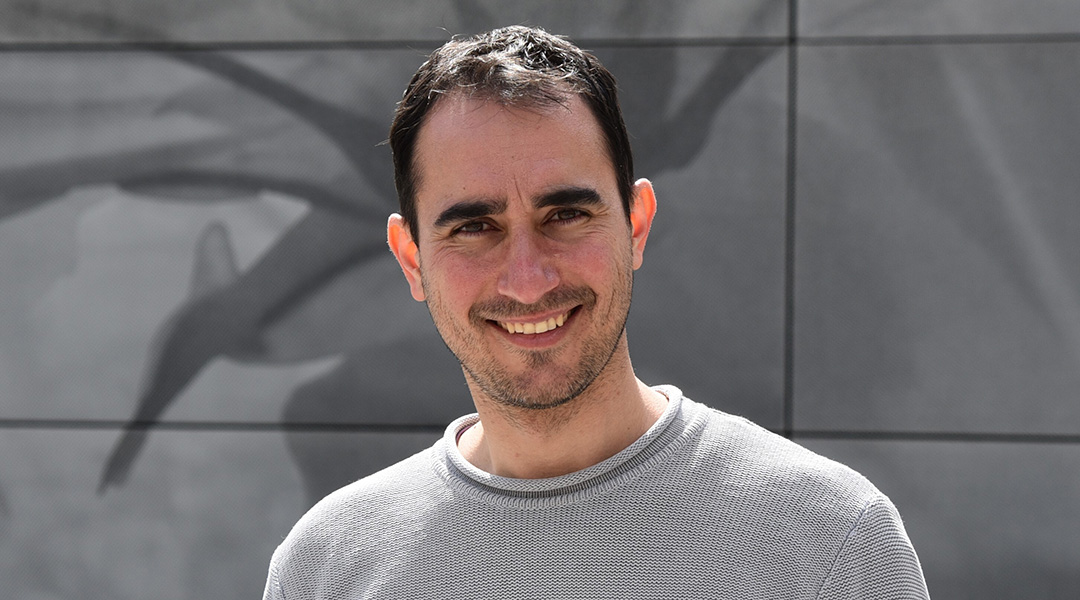
Riccardo Bassoli: How quantum computing will redefine wireless communication
Future 6G wireless networks will rely on quantum computers, but developing the technology and making it sustainable is complex.
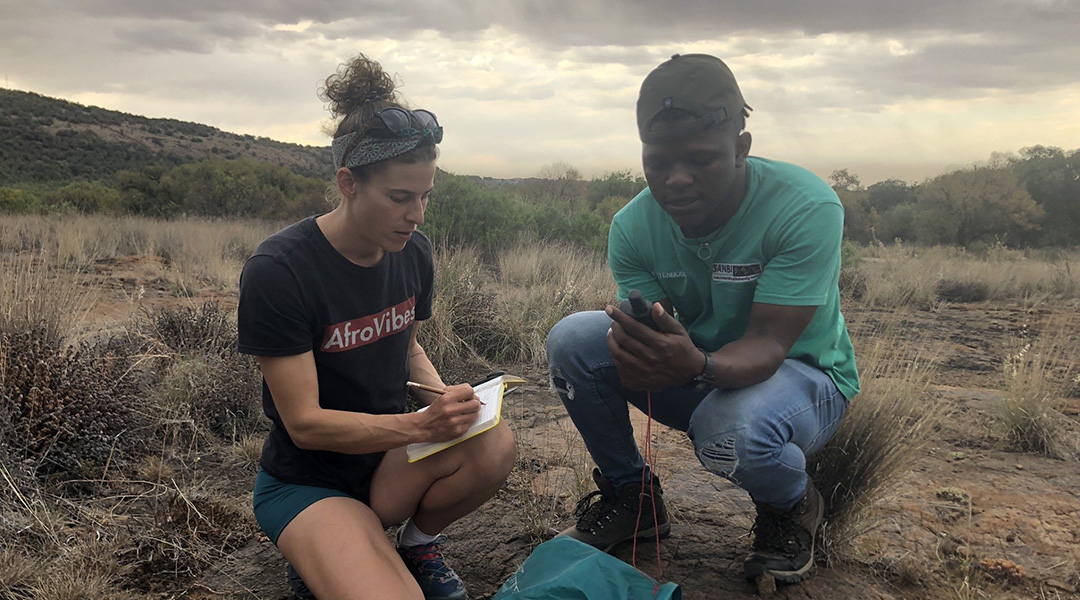
Rose Marks, a botanist studying resurrection plants
Rose Marks uses her climbing skills in remote regions of South Africa to study how water-deprived plants might help develop drought-tolerant crops.

Shira Joudan, tackling PFAS and environmental contaminants with chemistry
Chemist Shira Joudan discusses environmental contaminants, setting up at a new university, and building a supportive community.
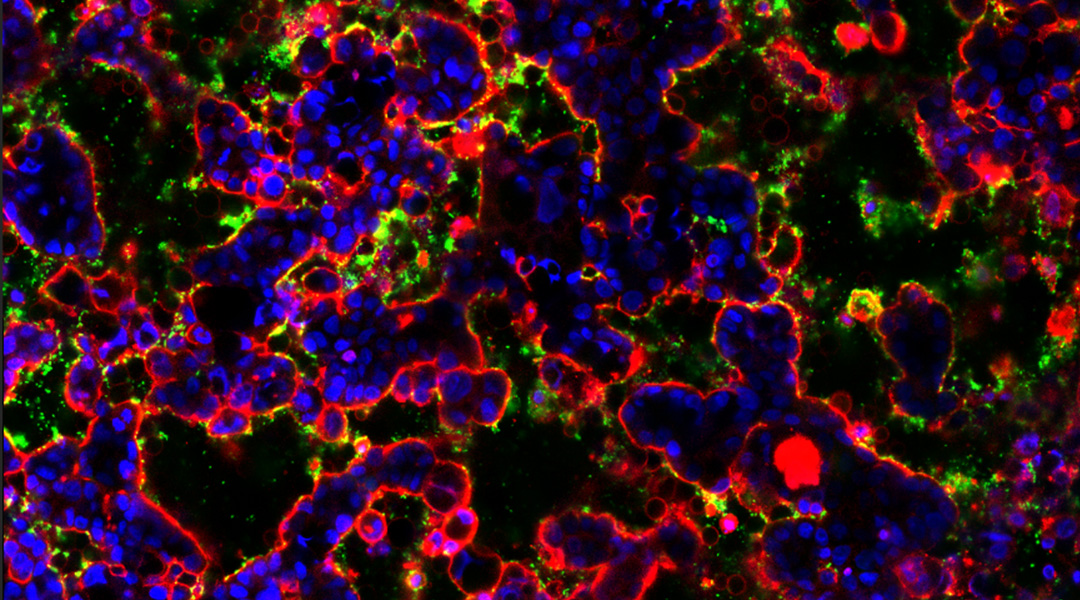
How a gut-on-a-chip is getting to the bottom of our gut’s microbiome
This artificial gut will allow scientists to gain deeper insights into the biome that exists there and how dysregulation can lead to disease.







